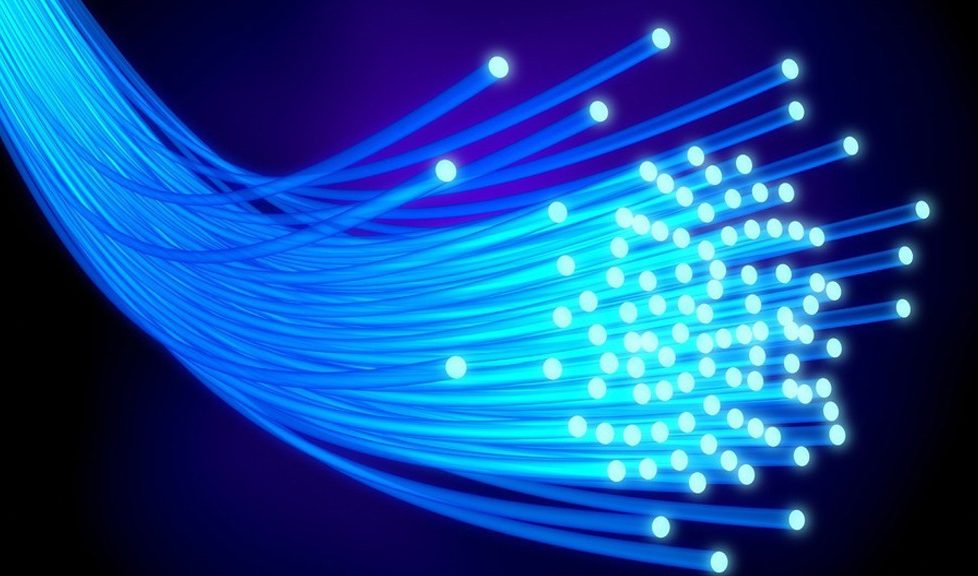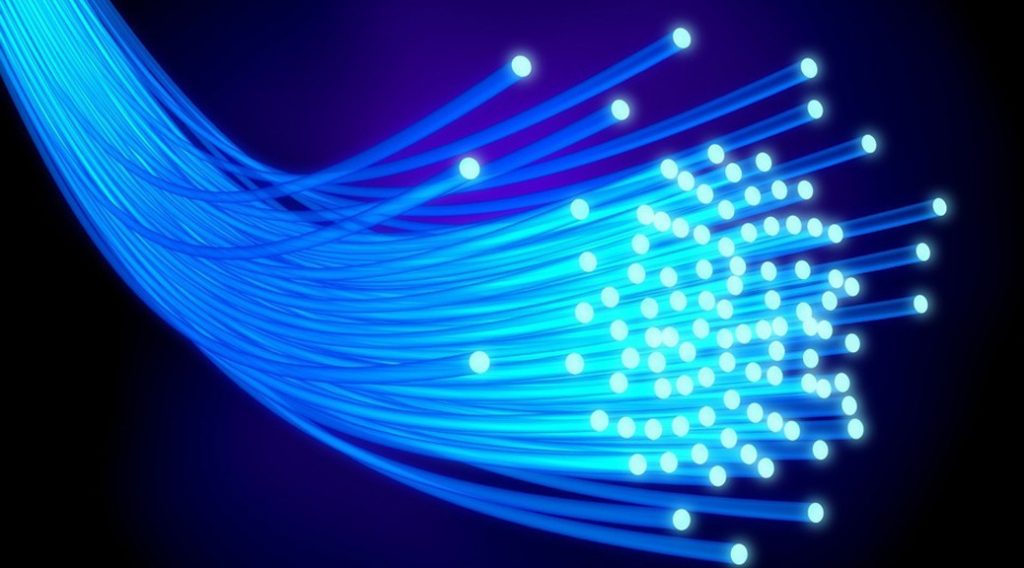Fibre Optics and Its Benefits

When I hear the word fibre optics, the first question that comes to mind – what is fibre optics? What is the use of it? Fibre optics is a part of telecommunications. It is a technology that uses glass or plastic threads named as fibres to transmit data. It is a new technology and much better than simple copper cables. Fibre optic cable has replaced the appropriate wires in many places and in the near future that will surely depend on these cables completely. Therefore it is very important to cultivate an entire team that is expert in the field and for the same reasons that many governments are supporting the education of optical fibre.

A fibre optic cable consists of a bundle of glass threads, each of which can transmit messages modulated on light waves. An optical fibre is composed of the following parts:
Benefits of using fibre optics:
Disadvantages:
These are mainly used in technology as LANs. Even phone companies are doing everything possible so that all telecommunications is possible with fibre optics. And all have some advantages and disadvantages that it is too. But here we look more advantages than disadvantages. Conventional copper cables getting gradually replaced by fibre optic cables. As is affordable in price and much better than any other option in quality, demand for optical fibre cables is increasing day by day. Optical fiber is a flexible cable that is as thin as a human hair consists of silica. It consists of a core which is flanked by another layer of a material with lower refractive index and acting as a waveguide. You’ll find these cables used in commercial buildings, residential buildings, telecommunications and more. These cable can give a much better result, much less space is needed, but only if it is properly installed.
Generally install such things is not an easy task. Experienced professionals are needed to perform the installation, etc. There are many companies that deal with the provision of telecommunications solutions, such as installing, orders, procurement, and testing of materials, design and construction services and maintenance. Just look for a bit and get to know a lot of companies that deal only provide telecommunications solutions.
The information was shared on behalf of Global Connector Technology (GCT). It’s a leading supplier of standard and custom interconnect products. GCT is focussed on the supply of reliable high-quality connectors for applications in Mobile & Wireless Communication, Computer & Peripherals, Digital Entertainment, Networking, Industrial, Automation, Security, Medical, Instrumentation and other Consumer Electronics.
